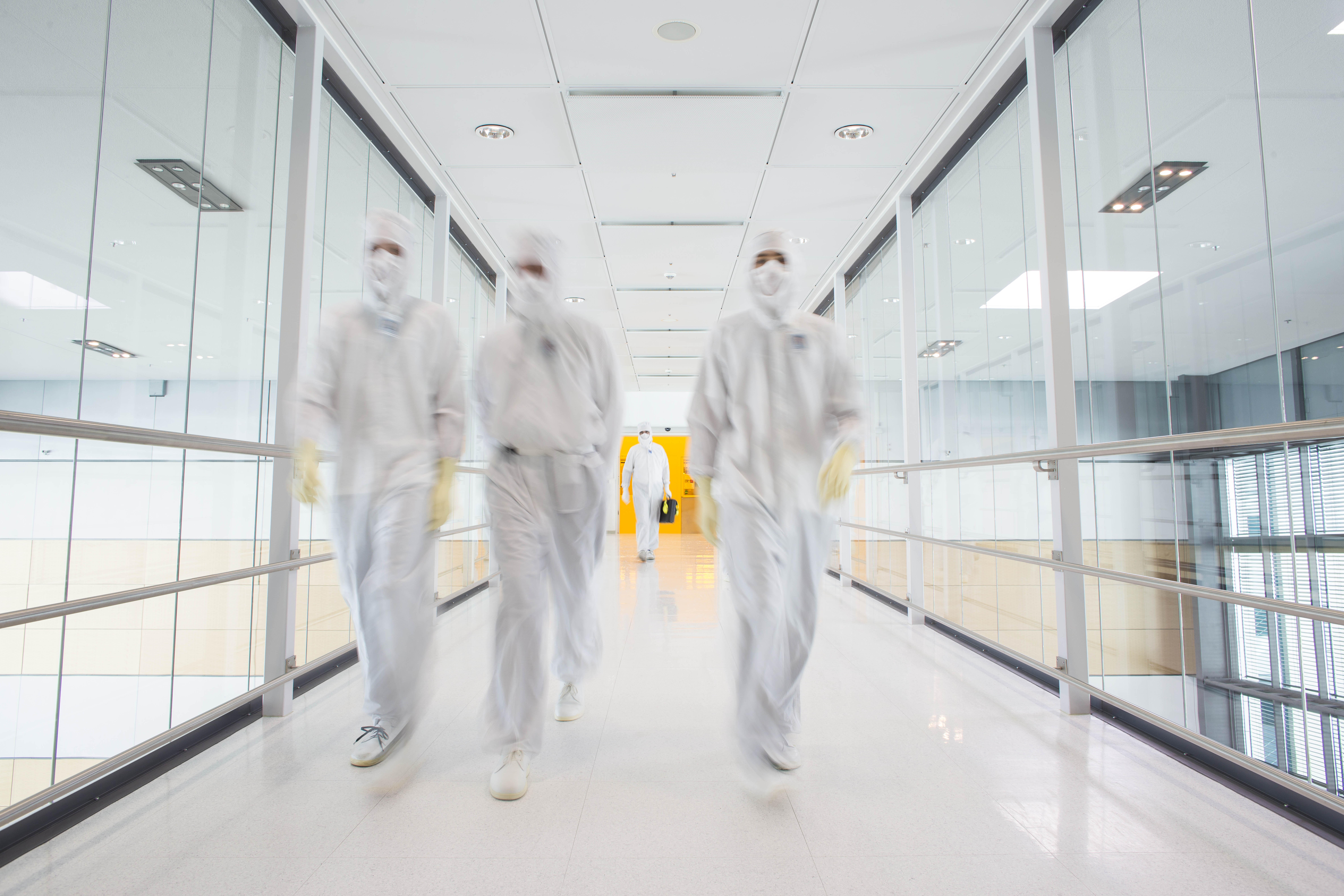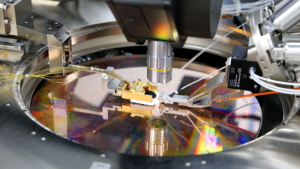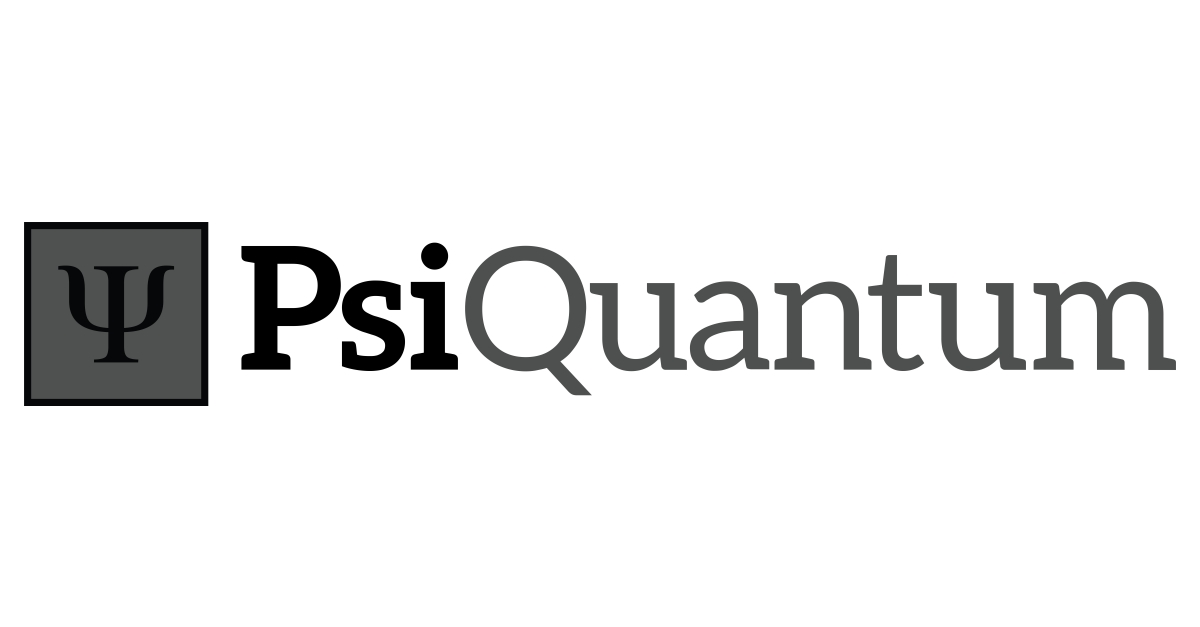
For PsiQuantum co-founder Pete Shadbolt, the partnership with GLOBALFOUNDRIES® (GF®), a feature-rich semiconductor manufacturer, isn’t the icing on the cake for building a quantum computer, but it does mean that the recipe is ready and the ingredients are now in place for the company’s real goal — build a practical device that can solve problems that are important to people and do it in a scalable way.
In what Shadbolt describes as a breakthrough, the co-founder said the partnership with a leader in semiconductor manufacturing is not so much a quantum science or technological breakthrough, but a breakthrough in scalability.
“The breakthrough is not that this is the first time that we built a superconducting detector, this is the first time — that we are aware — that anyone has been able to manufacture them at this scale and this level of integration,” said Shadbolt. “It’s a huge milestone that I have been waiting a long time to see.”
This type of scalability and integration is needed for the success of PsiQuantum’s approach — a photonic quantum computer. It’s a huge step for a company that has labored intensely, though often working quietly and often avoiding the bright lights of the rapidly emerging quantum industry.


“This is the culmination of a lot of work that we’ve done over the last few years,” said Shadbolt. “When we founded the company, it was with a pretty clear understanding that if you really want to deliver on all of this excitement around quantum computing, you’re going to need a very, very big quantum computer. You’re going to need error-correction and you’re going to need millions of qubits if you’re going to solve commercially valuable problems. We had a singular goal: build a really big system with error correction. A textbook machine that everyone has wanted for a long time.”
And, by “big,” Shadbolt means the Palo Alto, Calif-based company is focused on building a 1 million physical qubit machine, which is typically the number that experts suggest would be needed to make quantum computers competitive with classical machines.
Early on, the team recognized that they would need a partnership with a foundry to make their machines commercially available.
“It’s our contention that you’re simply not going to achieve the yield, the performance, the level of integration that you require for a million-qubit system anywhere other than the production line of a world-leading semiconductor foundry.”
“It’s our contention that you’re simply not going to achieve the yield, the performance, the level of integration that you require for a million-qubit system anywhere other than the production line of a world-leading semiconductor foundry,” said Shadbolt, who earned his doctorate in experimental photonic quantum computing from the University of Bristol in 2014. He was a postdoc at Imperial College researching the theory of photonic QC.
He adds that PsiQuantum is now building quantum chips in production lines. The benefits are being seen immediately.
 “There’s a night-and-day difference between a high volume fab, like GlobalFoundries and your typical 200 millimeter R&D facility,” he said. “It’s a totally different world that we’ve entered into, in terms of the reliability and performance of these devices.”
“There’s a night-and-day difference between a high volume fab, like GlobalFoundries and your typical 200 millimeter R&D facility,” he said. “It’s a totally different world that we’ve entered into, in terms of the reliability and performance of these devices.”
Lab to Fab
Conducting quantum experiments with off-the-shelf single photon detectors in a laboratory is relatively simple, according to Shadbolt. However, “relatively” — a key adjective here — is used in comparison to creating photon detectors at scale and with enough reliability that they can be mass produced.
The lab photon detectors will never be practical for researchers trying to build a large-scale machine.
“Various members of our team built and tested these devices. But these are devices that belong in a research lab and not something that you would expect to find being built shoulder-to-shoulder next to laptops and cellphones. And that’s really what we’re doing now — it’s an extraordinary partnership.”
PsiQuantum recognized the need for high efficiency, mass manufacturable single photon detectors.
“The only way to get that right now is with a superconducting nanowire single photon detector,” said Shadbolt. “These devices, of course, existed in various research groups well before we started the company. Various members of our team built and tested these devices. But these are devices that belong in a research lab and not something that you would expect to find being built shoulder-to-shoulder next to laptops and cellphones. And that’s really what we’re doing now — it’s an extraordinary partnership.”
Next Steps
Shadbolt said the next step to bring their device to market at commercial scale will be to source a high-performance optical switch. The switch is a classical device that will be used to direct photons around inside the chip.
“Switches of this type have existed and made into products for many years by the telecom industry for optical routing in data centers,” said Shadbolt. “We need something better than what is currently available. We’re going to enable that new device at GlobalFoundries over the next few years.”
He added that once this switch is enabled — with some caveats — then PsiQuantum will have feature-complete chips at GlobalFoundries. That means that PsiQuantum will be able to build systems that are big enough to exhibit fault tolerance.
Why Photons?
Shadbolt said that photonic quantum computers offer several advantages over other designs. One of the critical issues with quantum computers, particularly superconducting qubit types, is the need to operate in extremely cold environments. While PsiQuantum’s design requires cooling, the temperatures are not as extreme.
“Photons, of course, don’t feel heat and they don’t feel electromagnetic interference,” said Shadbolt. “And that is desirable when you’re thinking about building big systems. The detectors, themselves, are superconducting detectors, so they operate in the regime of 4 Kelvin, which would be a liquid helium cryogenic temperature. It’s very important to make a distinction between liquid helium temperature — which is where we operate — and the millikelvin temperatures that are required for superconducting qubits.”
While both are extremely cold, there is a million times difference in the amount of cooling capacity that can be achieved with cryotechnology between those two regimes, he added.
Shadbolt recognizes that other quantum approaches — superconducting qubits, trapped ions, etc. — are still in play, but he’s convinced that the photonic model represents the best way to tap the power of quantum computation.
“I wouldn’t be doing what I am doing if I wasn’t absolutely convinced of that,” he said.
If you found this article to be informative, you can explore more current quantum news here, exclusives, interviews, and podcasts.

















